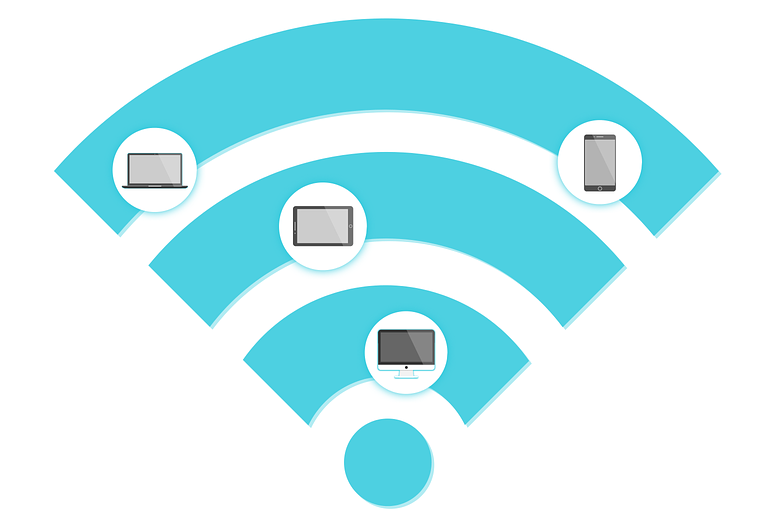There’s a relentless need that most of us have to stay connected to our network of family, friends and business associates. We depend on smart phones to direct us to new locations and share photos with friends when we arrive. We study on the run during the day and want Internet access from every location 24×7. We prefer healthcare establishments where doctors and nurses make house calls via telemedicine and we drive on roads that help us navigate traffic congestion. It’s convenient, as well as habit-forming, to live in a digital world and we rarely stop to realize how dependent we are on wireless technology and the Internet.
Our lifestyles and our expectations have created a raging wireless infrastructure industry. American businesses are investing $35 billion every year in wireless infrastructure and yet, we still want more. Government falls into the “elite customer” category when it comes to Wi-Fi. Cities, counties, ports, hospitals and universities simply cannot upgrade Wi-Fi technology fast enough for our satisfaction.

The city of Irvine, Calif., entered into a multi-year agreement with a firm that will provide a small cell wireless capability plan. The plan will then be used to expand coverage and increase network capacity throughout the city. Many municipalities feel this is absolutely necessary for them to remain competitive. And, the citizens and taxpayers of most cities agree that this is a “must have.”
Without wireless infrastructure, a city simply cannot become a “smart city.” In fact, it is hard to find a smart city initiative that does not involve wireless access. However, Wi-Fi access is not possible in all parts of the country. Relief is on the way as a new technology known as “super Wi-Fi” is being deployed to address coverage problems. Super Wi-Fi is similar to regular Wi-Fi but it uses low-powered television channels that can cover greater distances than other wireless solutions.
The American businesses are investing $35 billion every year in wireless infrastructure and yet, we still want more. (RFI) in an effort to become a “smart port.” The RFI seeks input regarding wireless network offerings and Internet of Things (IoT) solutions. Port officials hope to use the input received to design a solicitation for a solution.
In Shawnee County, Kan., officials approved a half-cent, countywide sales tax to pay for consultants who will help the county find ways to meet its broadband needs. Accessing the Internet has almost become what citizens refer to as an obligation that government officials must provide. That expectation will only increase in the near future and public officials are finding it extremely difficult to satisfy the expectations in some parts of the U.S.
The “next big thing” in wireless infrastructure – the 5G wireless mobile network – is the hot topic. This technology promises to be 10 times faster than current 4G networks and every governmental entity wants the technology. It will benefit citizens, students, business owners, emergency responders, law enforcement and the public at large. The trick is how to get it and how to pay for it. As demands and expectations grow, the Wi-Fi market will continue to expand … and government will obviously be its largest customer.
Since 1995, SPI’s procurement consulting services have helped companies of all sizes effectively navigate the various jurisdictions of government procurement. Contact them today to learn how they can help grow your business.






